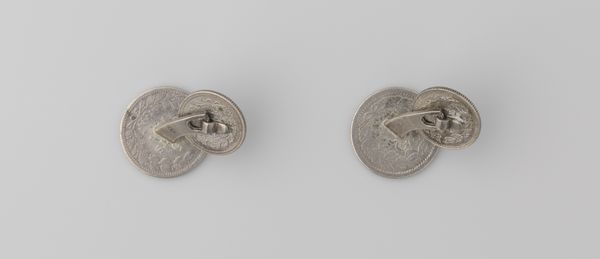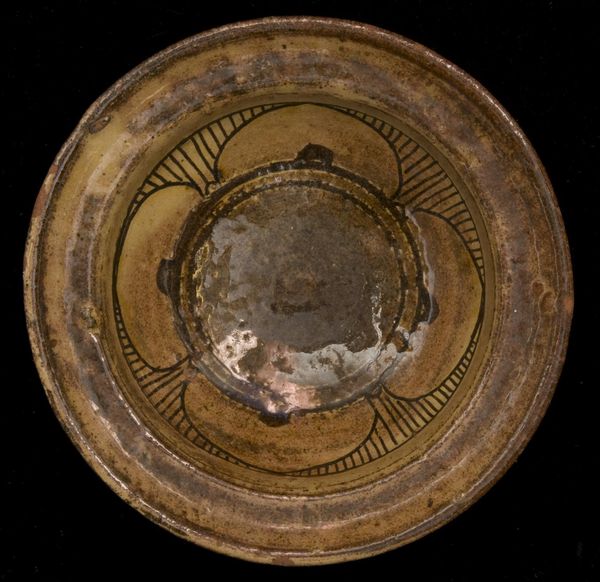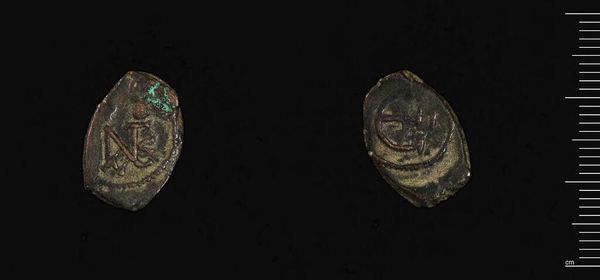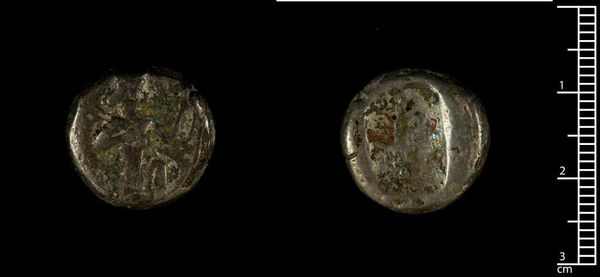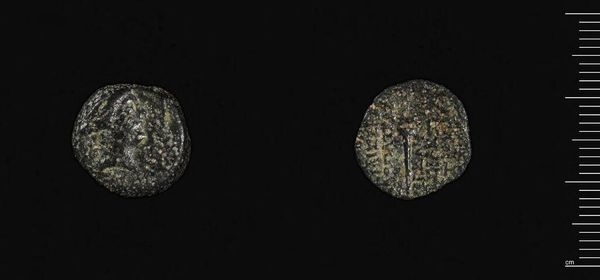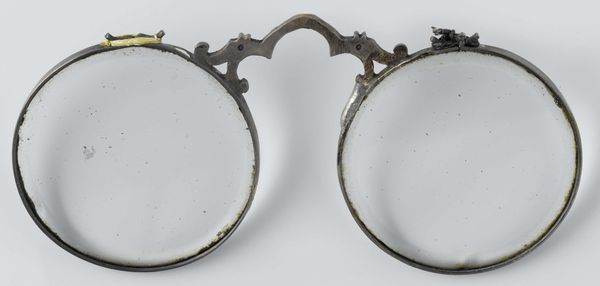
Brillendoos van hout met deksel, behorend bij knijpbril van ds. A. Geesteranus (1593-1658) c. 1610 - 1658
0:00
0:00
carving, wood
#
carving
#
dutch-golden-age
#
sculpture
#
wood
#
decorative-art
Dimensions: length 11.3 cm, depth 6.1 cm
Copyright: Rijks Museum: Open Domain
This wooden spectacle case, dating back to the 17th century, contains a pair of pince-nez glasses once belonging to Reverend A. Geesteranus. The case itself is adorned with delicate floral motifs. These floral patterns, seemingly simple decorations, resonate with much deeper cultural meanings. Flowers, across various cultures, have been used to symbolize the ephemeral nature of life and the cycle of death and rebirth. Consider the vanitas paintings of this era, where flowers are used as a reminder of life’s brevity. Throughout history, we see this motif reappearing. From ancient Egyptian funerary garlands to the floral emblems in Renaissance art, the use of flowers signifies a connection between the earthly and the divine. The subtle inclusion of these floral elements on a functional object like a spectacle case suggests how deeply ingrained these symbols are in our collective consciousness. It’s a testament to how symbols persist, resurface, and evolve, connecting us across time through shared cultural memories.
Comments
No comments
Be the first to comment and join the conversation on the ultimate creative platform.


